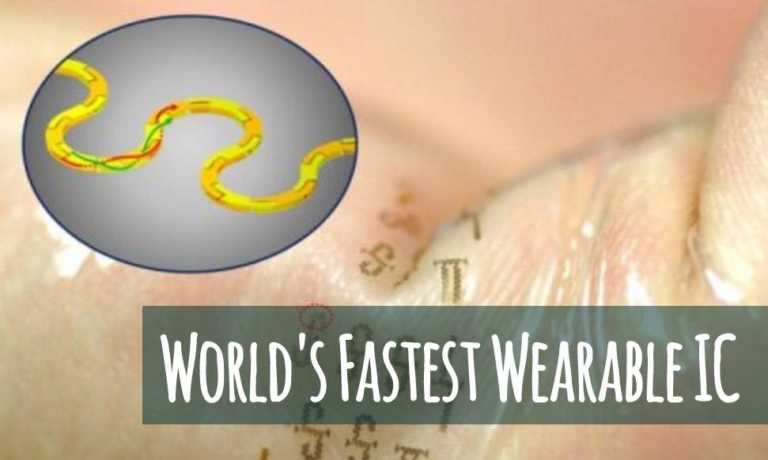Researchers Discover Transparent Film That Can Transform Future Electronics And Solar Cells

Short Bytes: The cost of conductive films used in electronic devices is on the rise. The researchers at the University of Minnesota have developed a nano-scale thin transparent material that’s highly conductive in its class. It can be used to make smaller and more efficient electronics and solar cells in the future.
A team of researchers from the University of Minnesota has published a new study in Nature Communications. They have created a new thin transparent material that offers the highest degree of conductivity in its class.An element known as Indium is currently used to create transparent conductors for various electronic devices including electronic displays, touchscreens, smartphones, and solar cells. However, the rising costs of indium have compelled people to find alternatives which are cheaper and more efficient.
Also Read: World’s Fastest Camera Takes 5 Trillion Photos Per Second, Can Pause Moving Light
During their research, the team was able to synthesize a thin film of BaSnO3 (Barium Stannate) using a chemical precursor of tin. The researchers used barium and tin because of their cost-effectiveness and abundance on the earth. Also, the tin precursor enhanced the chemical reactivity and improved the metal oxide formation process.
These nano-scale thin films so created can help in the making of more powerful, faster, and smaller electronics. The transparent nature of this conductive film allows it to be a part of solar cells, which require the light to pass through them, enhancing their efficiency.
The new process has enabled them to get an unprecedented control over the thickness, composition, and defect concentration of the conductive film they have created. According to the researchers, their method can be beneficial in other systems where it’s difficult to oxidize the elements.
“Even though this material has the highest conductivity within the same materials class, there is much room for improvement in addition, to the outstanding potential for discovering new physics if we decrease the defects. That’s our next goal,” said Bharat Jalan who is leading this research.
You can read more the about the conductive transparent film on Nature Communications.
If you have something to add, drop your thoughts and feedback.
Also Read: How Your Brainwaves Can Be Used To Steal Passwords And Private Data






